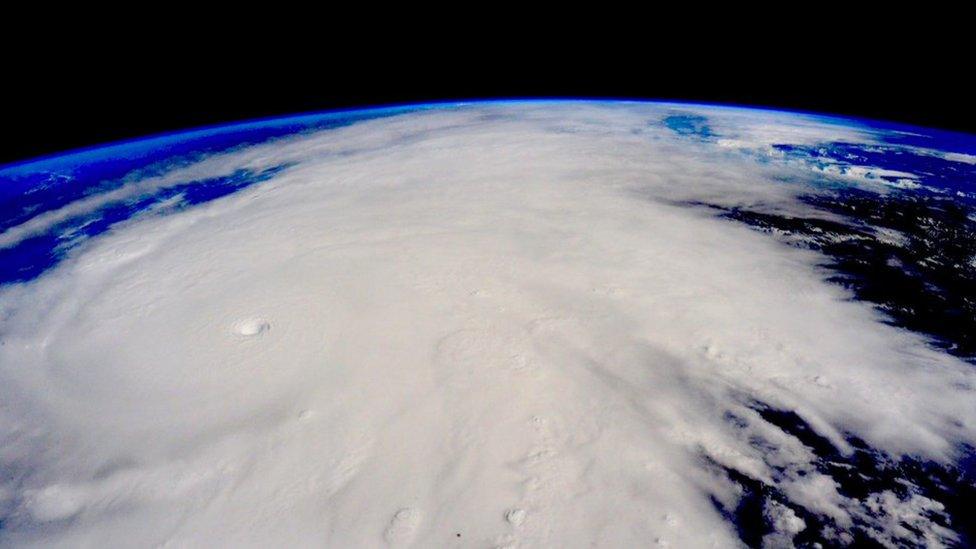Hurricane Patricia makes landfall in Mexico
- Published
Wind speeds mount, ripping across the coast line and through the streets in the port of Manzanillo in Mexico
Hurricane Patricia, the strongest on record, has made landfall in Jalisco state in western Mexico, bringing destructive winds and rain.
Authorities said the storm was "potentially catastrophic", but major damage appeared to have been avoided.
The US National Hurricane Center said the hurricane hit as a Category Five storm - the highest classification.
But it has since weakened to a Category Four, external, and will be downgraded to a tropical storm in the coming hours.
The Centre said "life-threatening flash floods and mudslides" were now likely in rural areas.
Mexican authorities had evacuated thousands of residents along the country's Pacific coast before the hurricane hit. A state of emergency was declared in three states in Patricia's path.
It made landfall in the Cuixmala area of Jalisco state, some 85km (55 miles) from the port city of Manzanillo.
The US National Hurricane Center said it hit the coast with winds of 265km/h (165mph), making it the most powerful storm ever to be recorded in the Americas.
At one point, the hurricane's winds were strong enough "to get a plane in the air and keep it flying", World Meteorological Organization spokeswoman Claire Nullis said.
Video filmed in the port city of Manzanillo shortly before the hurricane struck showed trees bending in severe wind.
Within two hours of the storm making landfall, the British embassy in Mexico tweeted that the worst appeared to be over, external.
Helen Willetts from the BBC Weather Centre explains Hurricane Patricia's impact

As the storm moves inland over mountains, villages could suffer landslides and flash flooding, meteorologists in Mexico say.
The government has warned that ash from the nearby Colima volcano, which has become increasingly active this year, could combine with heavy rainfall to trigger huge mudflows.
Some 400,000 people live in vulnerable areas, according to Mexico's National Disaster Fund.

Analysis - Katy Watson, BBC Mexico and Central America Correspondent
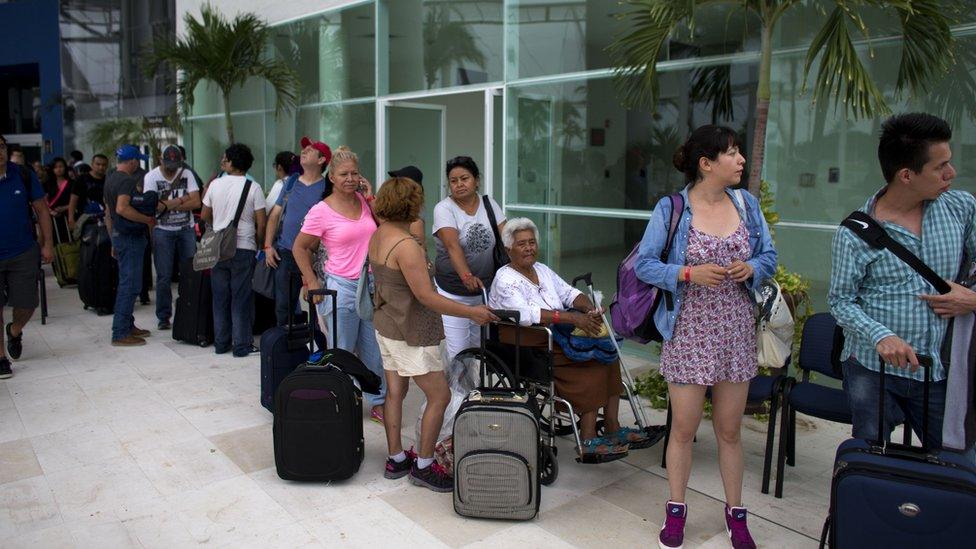
Tourists queue for buses in Puerto Vallarta after being told to leave their hotels
Mexico is used to dealing with big storms during its hurricane season but the strength of this storm is unprecedented in this part of the Pacific.
The worry is that Hurricane Patricia will leave devastation in its wake, with flash floods and landslides a concern in the coming days.
Bus loads of tourists from the resort of Puerto Vallarta have been ferried to different cities. Speaking to a couple from Texas who were in the city of Guadalajara, they told me they arrived for their holiday only to be told immediately that they were being evacuated - they got out before the worst of the weather hit but many tourists and residents remained in sheltered parts of hotels or government refuges.
No matter how prepared Mexico is, these hurricanes are unpredictable - and the consequences unknown.

The western state of Jalisco is home to the resort town of Puerto Vallarta, which appeared to have escaped the worst of the storm.
Police patrols in the resort urged people to leave the shorefront for safer areas at least three blocks inland, while loudspeakers ordered hotel residents to evacuate.
The town's airport, along with two others in the path of the storm, were closed.
Jonathan Lake in Puerto Vallarta: "We are four blocks from the ocean"
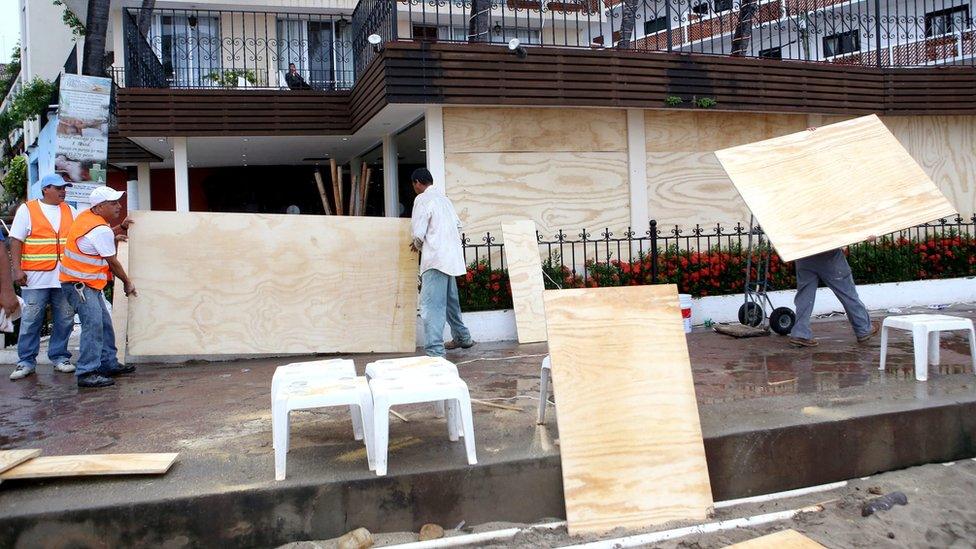
People have been preparing for the storm's arrival by trying to protect their homes
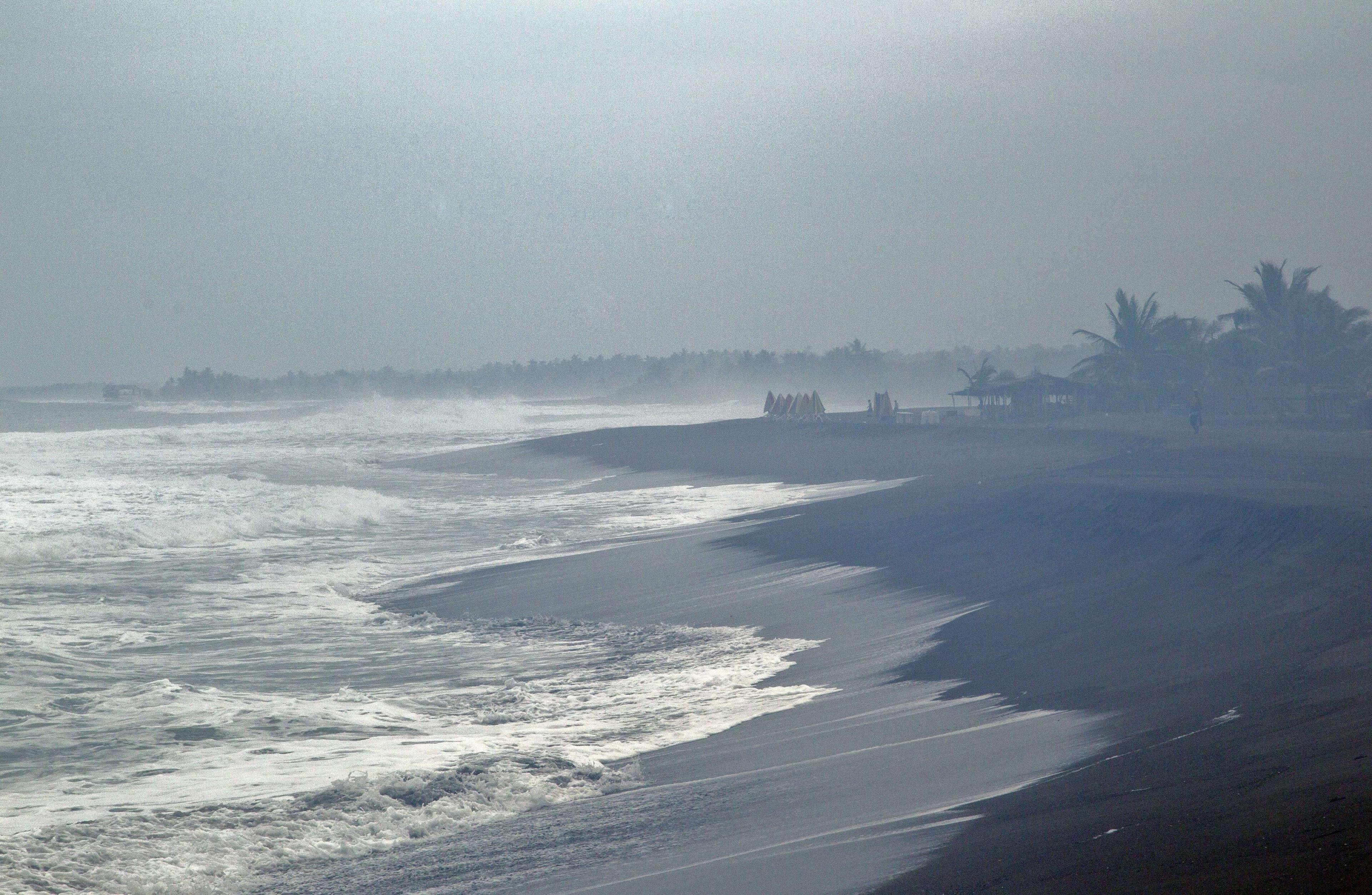
Forecasters warned of potentially destructive waves
While sheltering with his family in Manzanillo, Jacob Lozano Salazar told the BBC: "We're all safe but it's really ugly here on the coast."
Residents had stocked up on food and other supplies, while shop owners boarded up windows.
What makes Hurricane Patricia so deadly?
Heavy rains often lead to flooding in the town, said Alejandra Rodriguez, who was shopping at Wal-Mart in Manzanillo with her brother and mother.
"It ends up like an island," she said.
Mexico has to deal with tropical storms arriving from both the Pacific and Atlantic oceans at this time of year.

Some of the most powerful storms in recent years
October 1979: Typhoon Tip - largest and most intense tropical cyclone ever recorded with wind speeds of 305km/h (190mph), killed 99 people in its path across the Pacific, mostly in Japan
August 1980: Hurricane Allen - strongest Atlantic hurricane by wind speed, with sustained winds of 305km/h, caused nearly 300 deaths in Haiti and severe damage in the US state of Texas
April 1991: Bangladesh cyclone known as 02B - at least 138,000 died and up to 10 million made homeless after a 6m storm surge
October 1991: Odisha or Paradip cyclone - the strongest ever recorded in the northern Indian Ocean, killed about 10,000 people, mostly in India
August 2005: Hurricane Katrina - killed at least 1,836 people after striking US states of Louisiana and Mississippi and was the costliest storm in history, causing $81.2bn in damage (with wind speeds of 280km/h)
October 2005: Hurricane Wilma - most intense tropical cyclone in the Atlantic basin with wind speeds of 295km/h, killing 87 people on its path through the Caribbean and Gulf of Mexico
November 2013: Typhoon Haiyan - the strongest storm recorded at landfall, with one-minute sustained wind speeds of 315km/h, it devastated parts of the Philippines, killing at least 6,300 people
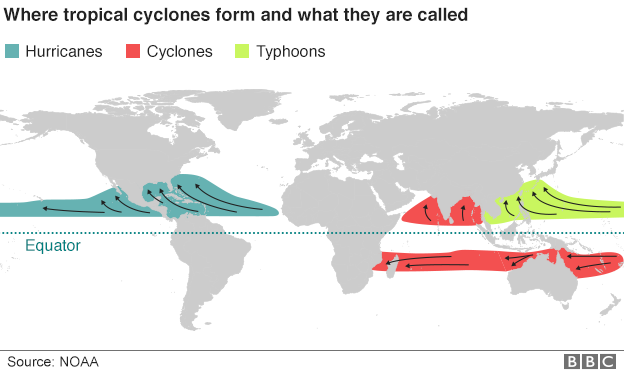
Hurricanes, typhoons and cyclones are all part of the same weather phenomenon but different names are used depending on where the storms are formed. Hurricanes form east of the International Date Line, while typhoons and cyclones form to the west.

Are you in the region? How are you coping with Hurricane Patricia? If you have any information to share with the BBC, you can email haveyoursay@bbc.co.uk
When sending us pictures, video or eyewitness accounts at no time should you endanger yourself or others, take any unnecessary risks or infringe any laws.
Please include a contact number if you are willing to speak to a BBC journalist. You can also contact us in the following ways:
Whatsapp: +44 7525 900971
Send pictures/video to yourpics@bbc.co.uk, external
Tweet: @BBC_HaveYourSay, external
Send an SMS or MMS to +44 7624 800 100
- Published23 October 2015
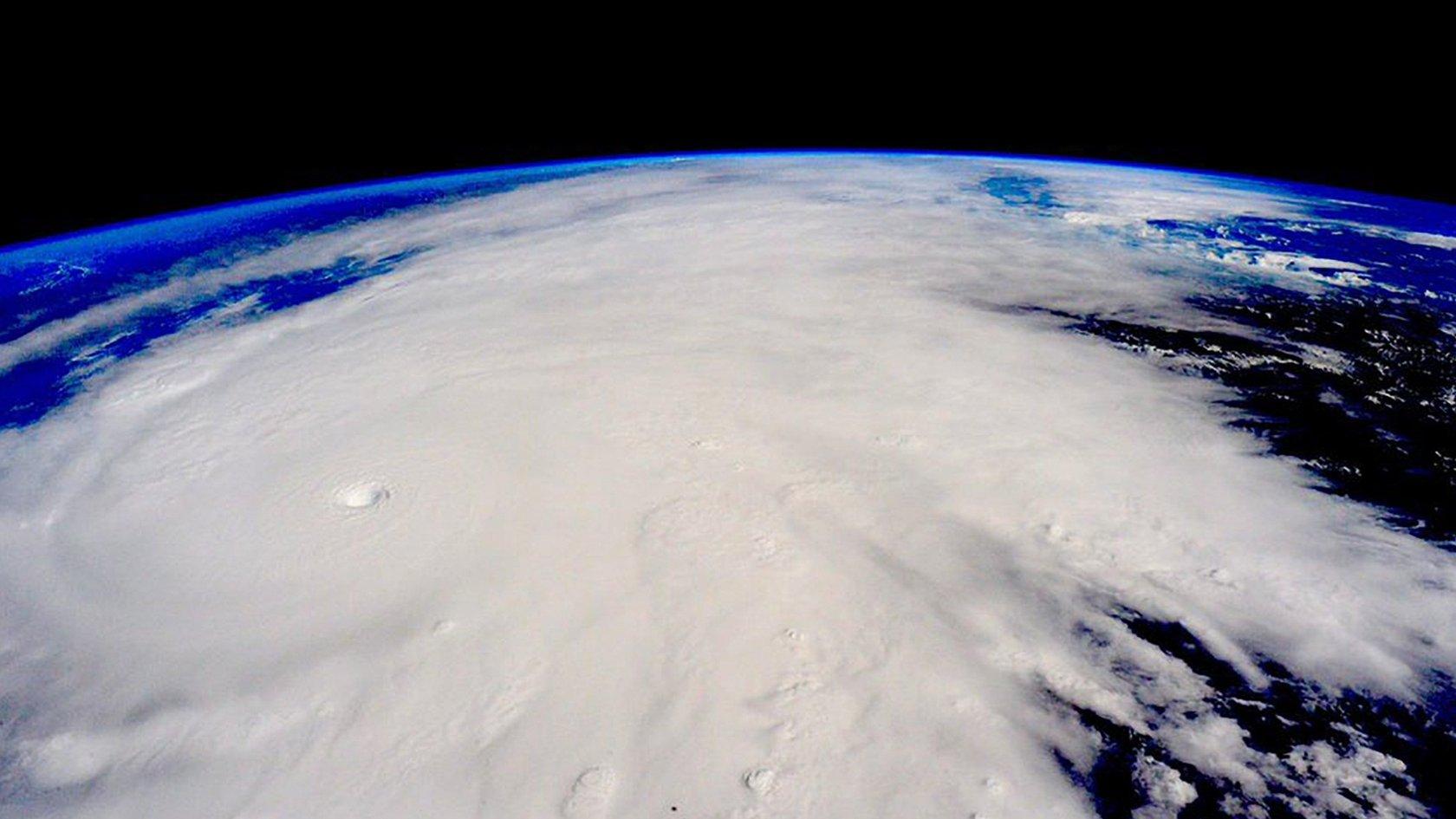
- Published24 October 2015
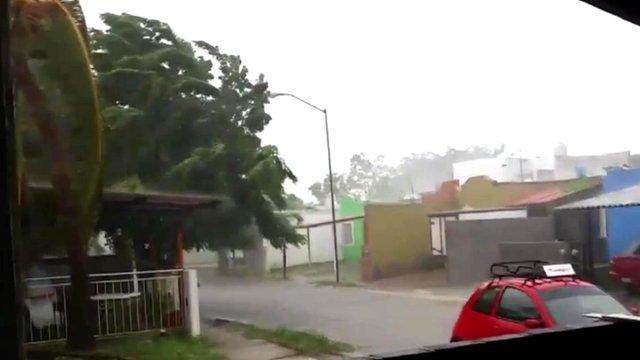
- Published24 October 2015
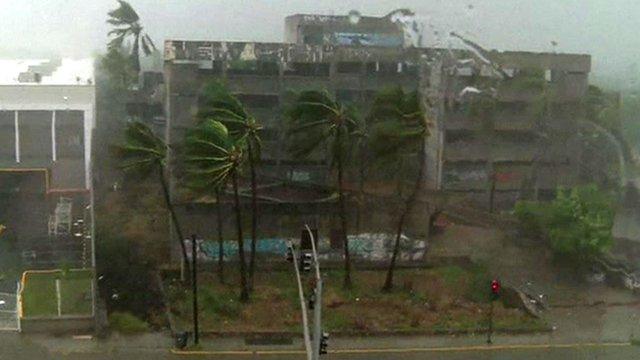
- Published24 October 2015

- Published24 October 2015
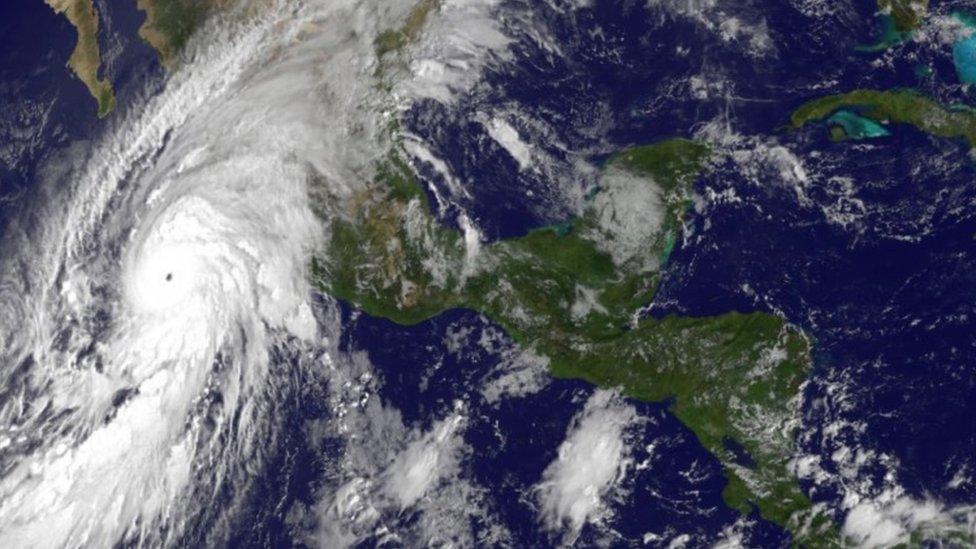
- Published23 October 2015
